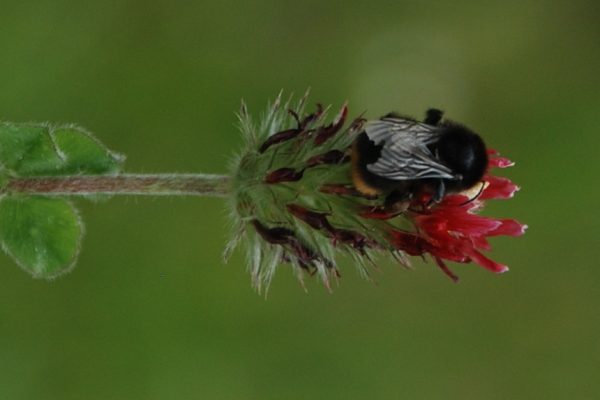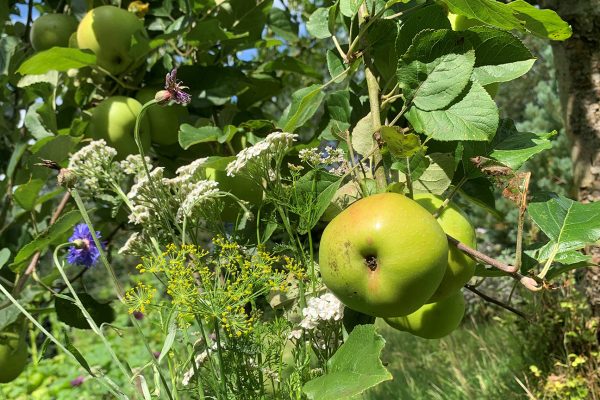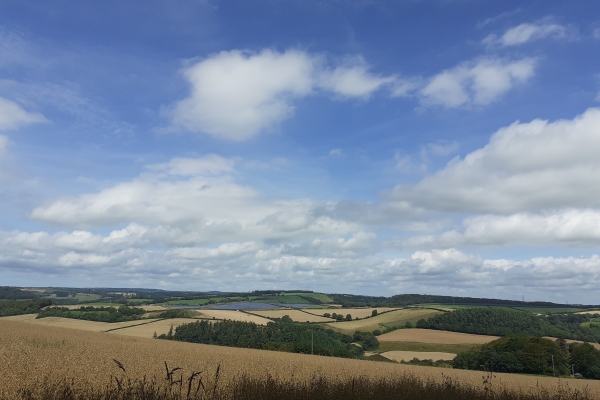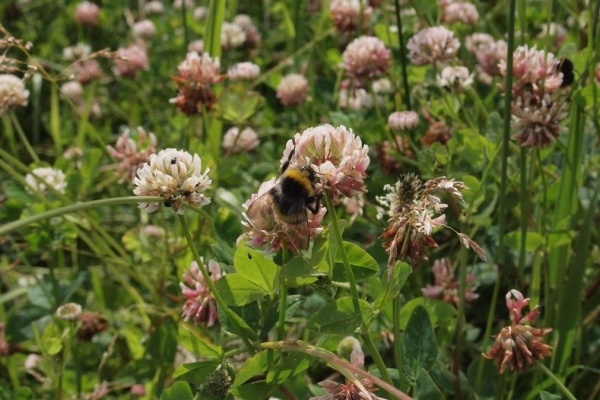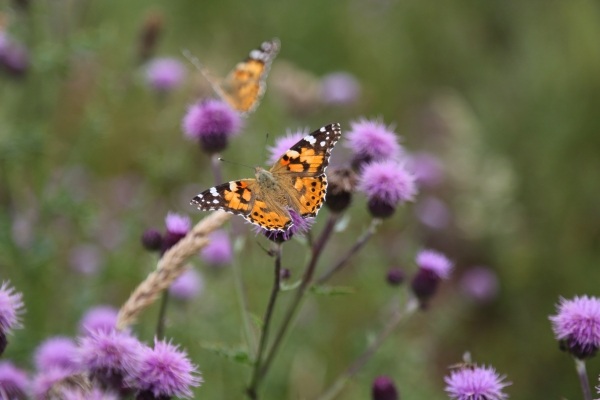Management for bumblebees
How farmers can bring back the buzz. Technical Note TN639
Resource explained
This technical note focuses on bumblebees and their importance as an insect group for vegetables, fruit, oilseeds, legumes and fodder crop pollination.
Although targeted at Scotland, it has wider relevance, highlighting the vital role farmers can play in helping to reverse the loss of bumblebees through managing flower-rich areas and nest habitats. It also highlights beneficial knock-on effects from doing this for other wildlife and farm profitability.
It outlines the importance of bumblebees as keystone pollinators, provides a guide to six of the most common found in Scotland, and explains ways in which bee lifecycles impact on farmland management. There is also a useful list of beneficial early, mid, and peak-season flowers.
Farmers are given guidance on: beneficial flowers, management and creation of species-rich grassland (including a suggested seed mix), hedges, trees and shrubs, grass margins, enhancing unharvested crops and wild bird seed mix, and using pollen and nectar mixes.
Findings & recommendations
- There have been major declines in UK bumblebee species and numbers over the last 70 years, mainly due to the loss of flower-rich habitats and changes in farming methods. Along with honeybees, they pollinate crops, fruits and wild flowers.
- Farmers can help reverse the loss through providing food sources and suitable habitats. This will impact positively on other important pollinators.
- Insect pollination (the majority from bees) contributes significantly to UK farm income.
- Common bumblebee species tend to be more important for pollination of crops and wildflowers because they are more abundant.
- Bumblebees have three main requirements; a supply of food throughout the season, suitable nesting sites, and suitable safe places for the queens to hibernate.
- A diversity of flowers helps support different bee species, provides both nectar (needed for energy) and pollen (vital as a source of protein), and ensures continuity from April to September.
- This document describes ways that we can support bumblebees in a farming landscape that help provide flowering continuity and diversity.
- The most effective method (with long term benefits) is improving the management of existing grassland or creating new permanent swards of species-rich grasslands.



